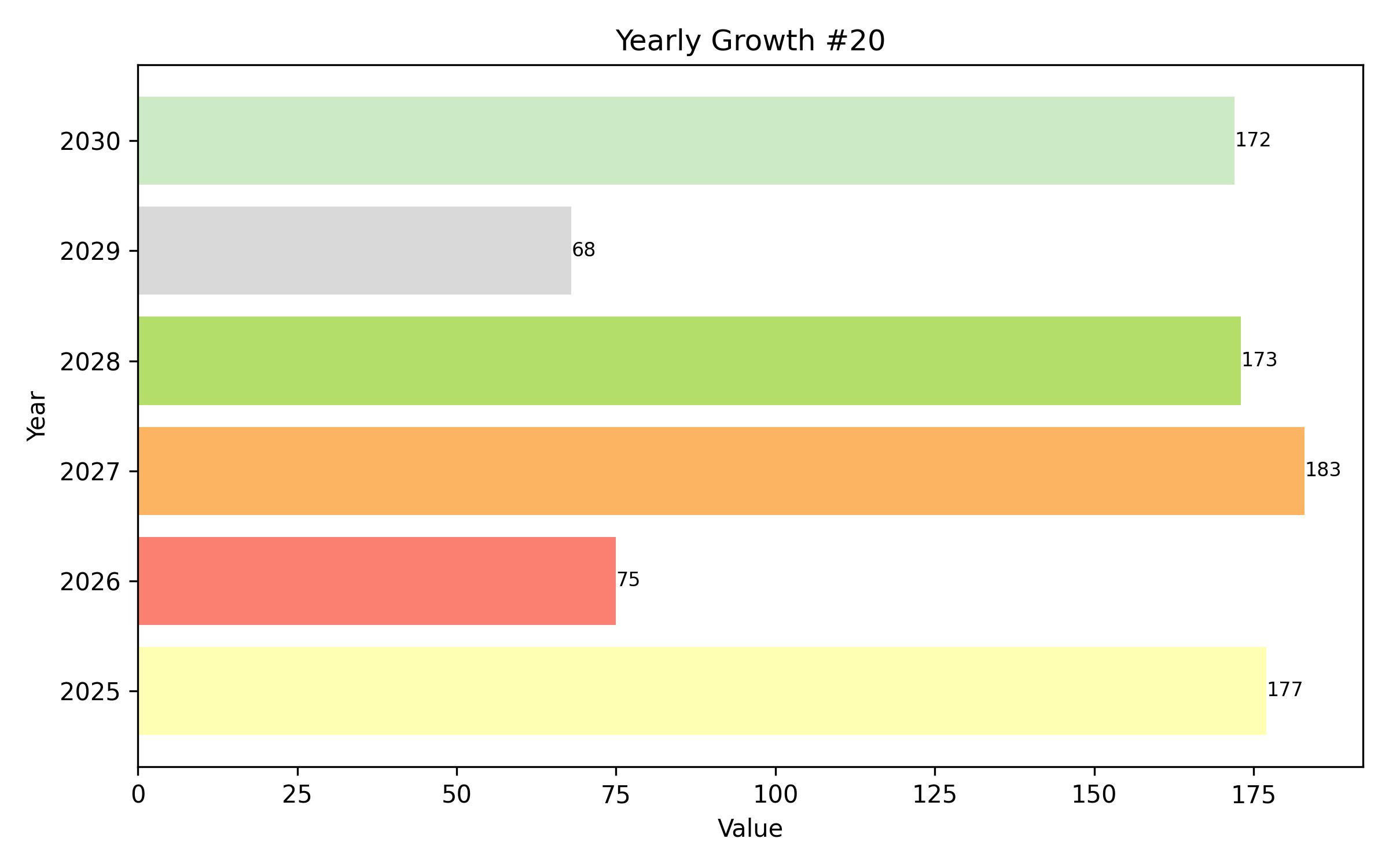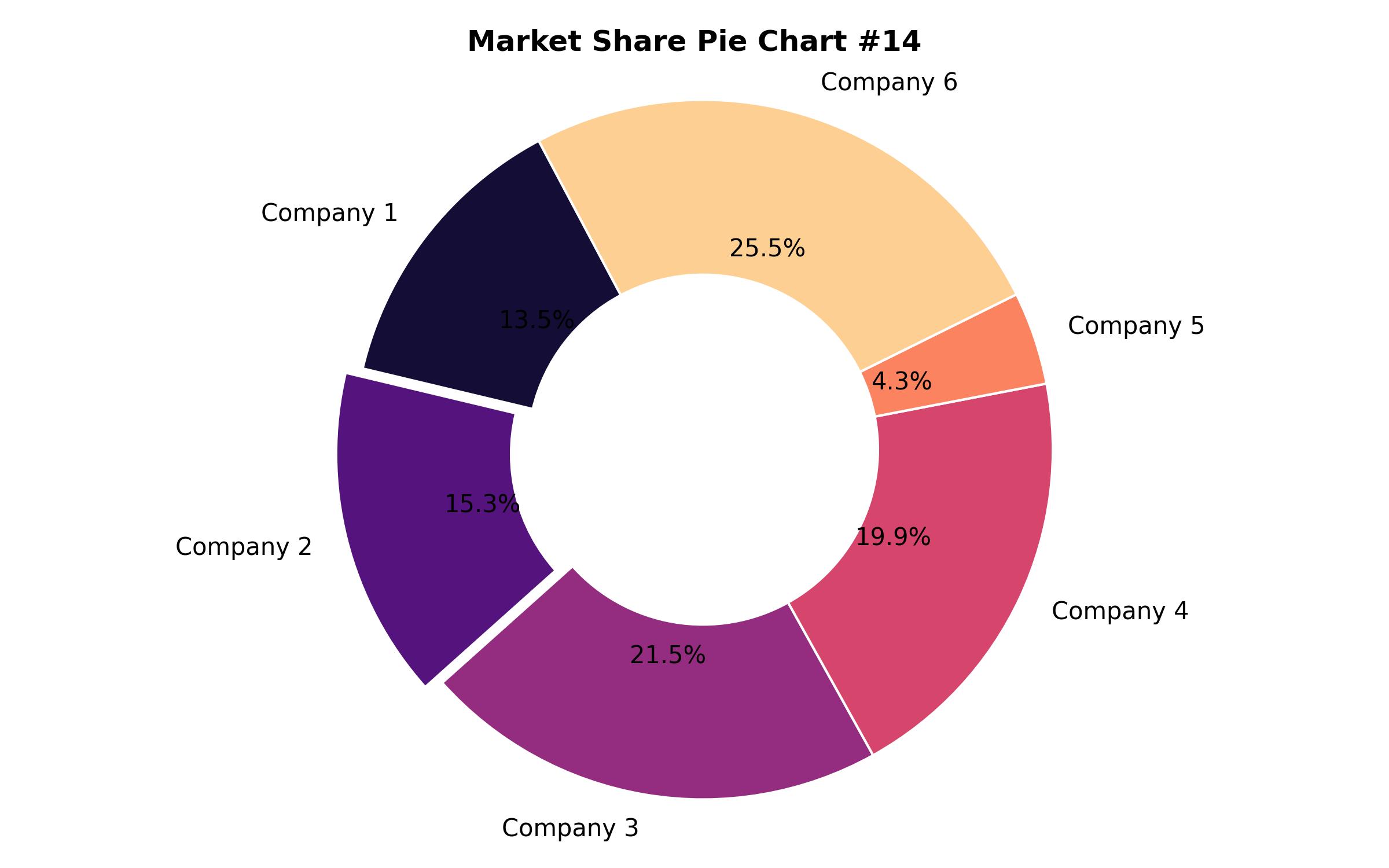Sugar Substitute Market Outlook: Trends and Demand for Low-Calorie Sweeteners 2025 to 2035
Overview:
The global market for sugar substitutes is poised for substantial expansion over the period from 2025 to 2035. Growth is primarily fueled by increasing consumer health consciousness, the rising global incidence of diabetes, and the growing preference for low-calorie and low-glycemic food options. Projections indicate the market will rise from a valuation of approximately USD 19.1 billion in 2025 to an estimated USD 31.5 billion by 2035, achieving a compound annual growth rate (CAGR) of about 5.1% during this ten-year timeframe.
Sugar substitutes encompass a variety of compounds, including high-intensity sweeteners, sugar alcohols, and natural alternatives. They provide sweetness as a replacement for traditional sugar while offering reduced or zero caloric content. Heightened consumer demand for lower sugar content in processed foods and functional products, coupled with governmental and industry initiatives for clear labeling of added sugars, are significantly propelling their adoption across the food and beverage, pharmaceutical, and personal care sectors.
Challenges persist, notably concerning replicating sugar’s mouthfeel and flavor profile without introducing undesirable bitterness or aftertastes. Consumer skepticism regarding synthetic ingredients and the complex regulatory environments across different global markets also influence the competitive landscape. These factors necessitate careful navigation by market participants.
Emerging trends point towards blended sweetener systems that offer balanced sensory profiles, increased innovation in plant-based sources like monk fruit and stevia, and the development of rare sugars derived through fermentation processes. Additionally, the integration of advanced analytical techniques, including AI, is becoming crucial for optimizing sweetener combinations to achieve desired taste attributes and functional properties.
North America remains a vital market segment, driven by high rates of obesity and diabetes, a strong focus on functional food development, and robust sugar reduction campaigns from both public and private entities. The United States, in particular, shows strong uptake of natural options such as monk fruit, stevia, and erythritol, widely used in beverages and snacks tailored for low-carbohydrate diets.
Europe’s market trajectory is influenced by sugar taxation policies implemented by the EU, specific health claim regulations from the European Food Safety Authority (EFSA), and expanding consumer adoption of plant-based dietary patterns. Countries like Germany, the United Kingdom, and France are seeing greater application of sweeteners like xylitol and isomalt in confectionery and dairy goods, with purchasing decisions often influenced by perceived natural origin and sustainability credentials.
The Asia-Pacific region stands out as the fastest-growing area. This rapid growth is attributed to rising disposable incomes, increased awareness of chronic health conditions, and the impact of increasingly urban lifestyles. While countries like China serve as major exporters of artificial sweeteners like sucralose and aspartame, markets like India are fostering innovation in natural alternatives such as coconut sugar blends and indigenous Ayurvedic ingredients. Japan and South Korea are at the forefront of developing and integrating rare sugars such as allulose in functional beverage formulations.
Market players are focusing on developing novel sweetener compounds, improving existing formulations for enhanced sensory attributes, and expanding their application across a wider array of food and non-food products. Strategic collaborations, investments in research and development, and efforts to address consumer concerns regarding health implications and labeling are key competitive strategies. As health trends continue to evolve, the market for sugar substitutes is expected to offer both significant opportunities and ongoing challenges.

| Report Attribute | Details |
|---|---|
| Market Size in 2025 | USD 18,957.8 million |
| Revenue Forecast for 2035 | USD 30,297.1 million |
| Growth Rate (CAGR) | 4.8% from 2025 to 2035 |
| Base Year for Estimation | 2024 |
| Historical Data | 2019 – 2024 |
| Forecast Period | 2025 – 2035 |
| Quantitative Units | Revenue in USD million/billion and CAGR from 2025 to 2035 |
| Report Coverage | Revenue forecast, company market share analysis, competitive landscape assessment, key growth factors, and emerging market trends |
| Covered Segments | Type, end-use industry, source, solubility, and region |
| Regional Scope | North America, Europe, Asia-Pacific, Latin America, Middle East and Africa |
| Country Scope | USA, Canada, UK, Germany, France, Japan, China, India, South Korea, Brazil, UAE, South Africa |
| Key Companies Analyzed | Cargill, Incorporated; Archer Daniels Midland Company; Tate & Lyle PLC; Ingredion Incorporated; Ajinomoto Co., Inc.; Pure Circle (Ingredion); SweeGen, Inc.; Roquette Frères; JK Sucralose Inc.; HYET Sweet |
| Customization Options | Free report customization (up to 8 analysts working days) with purchase. Changes to country, regional, and segment scope |
| Pricing and Purchase Options | Customizable purchase options for tailored research needs |

Report Coverage & Deliverables
- Market Trends And Dynamics
- Competitve Benchmarking
- Historical data and forecasts
- Value/Volume analysis
- Company revenue shares and key strategies
- Regional opportunities
This is an indicative segmentation. Please request a sample report to see detail segmentation of this market.
Detailed Market Segmentation
- By Type
- High-Intensity Sweeteners
- Sugar Alcohols
- Natural Sweeteners
- Stevia
- Monk Fruit
- Erythritol
- Allulose
- Xylitol
- Others
- By End-Use Industry
- Food and Beverage
- Bakery Products
- Confectionery
- Beverages
- Dairy Products
- Processed Foods
- Others
- Pharmaceuticals
- Personal Care
- Food and Beverage
- By Source
- Natural
- Artificial
- By Solubility
- Liquid
- Powder
- By Region
- North America
- Europe
- Asia-Pacific
- Latin America
- Middle East and Africa
Table of Content
- Executive Summary
- Market Overview
- Key Market Trends
- Global Market Analysis 2020 to 2024 and Forecast 2025 to 2035
- Market Background
- Regulatory Landscape
- Market Challenges and Opportunities
- Market Analysis 2020-2024 & Forecast 2025-2035, By Type
- High-Intensity Sweeteners
- Sugar Alcohols
- Natural Sweeteners
- Market Analysis 2020-2024 & Forecast 2025-2035, By End-Use Industry
- Food and Beverage
- Pharmaceuticals
- Personal Care
- Market Analysis 2020-2024 & Forecast 2025-2035, By Source
- Natural Sugar Substitutes
- Artificial Sugar Substitutes
- Market Analysis 2020-2024 & Forecast 2025-2035, By Solubility
- Liquid Substitutes
- Powdered Substitutes
- Regional Market Analysis 2020-2024 & Forecast 2025-2035
- North America Market Analysis 2020-2024 & Forecast 2025-2035
- Europe Market Analysis 2020-2024 & Forecast 2025-2035
- Asia-Pacific Market Analysis 2020-2024 & Forecast 2025-2035
- Latin America Market Analysis 2020-2024 & Forecast 2025-2035
- Middle East and Africa Market Analysis 2020-2024 & Forecast 2025-2035
- Country-wise Outlook
- Competitive Landscape
- Company Profiles
- Key Market Insights
- Assumptions and Disclaimer
- Research Methodology
